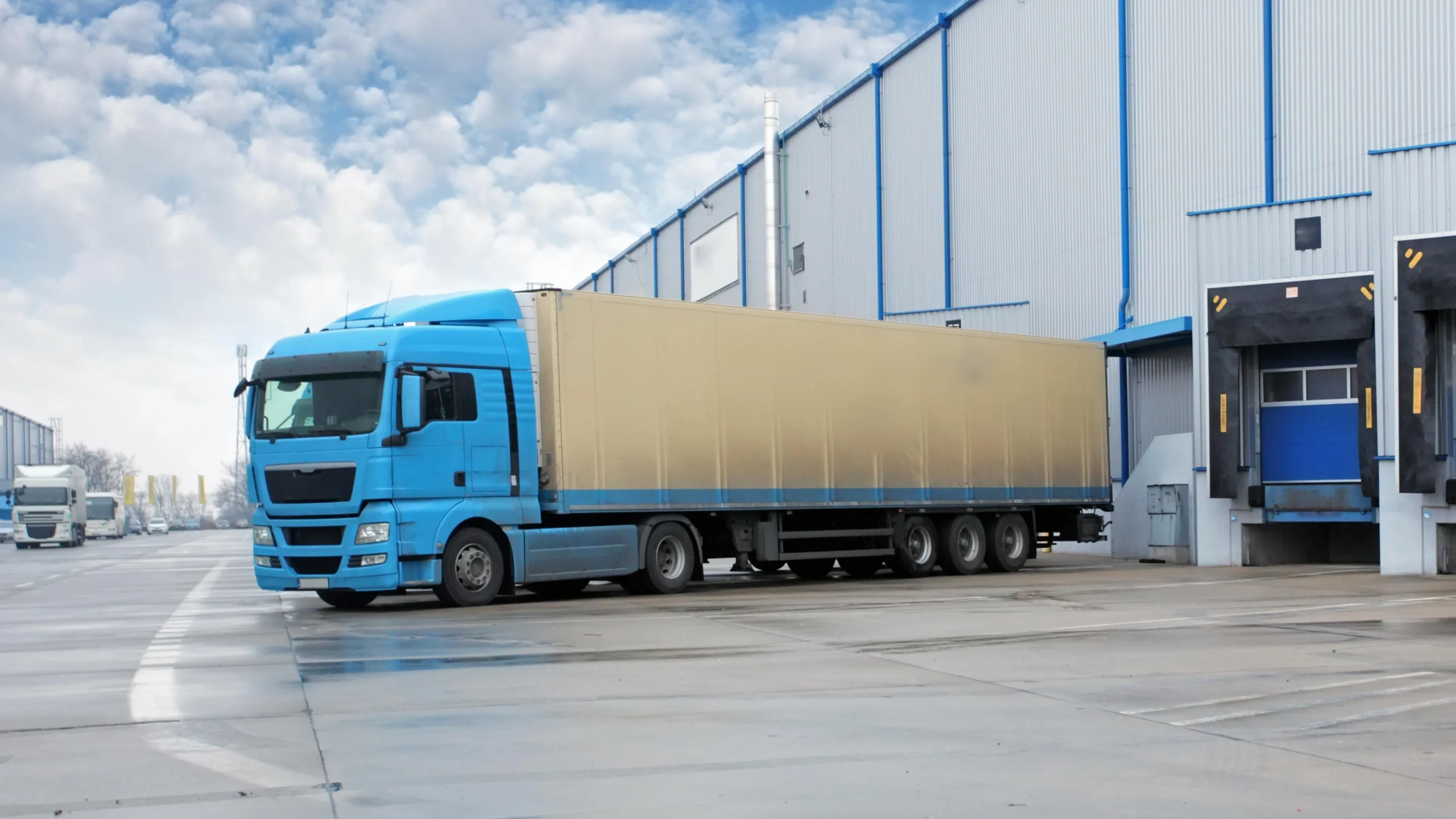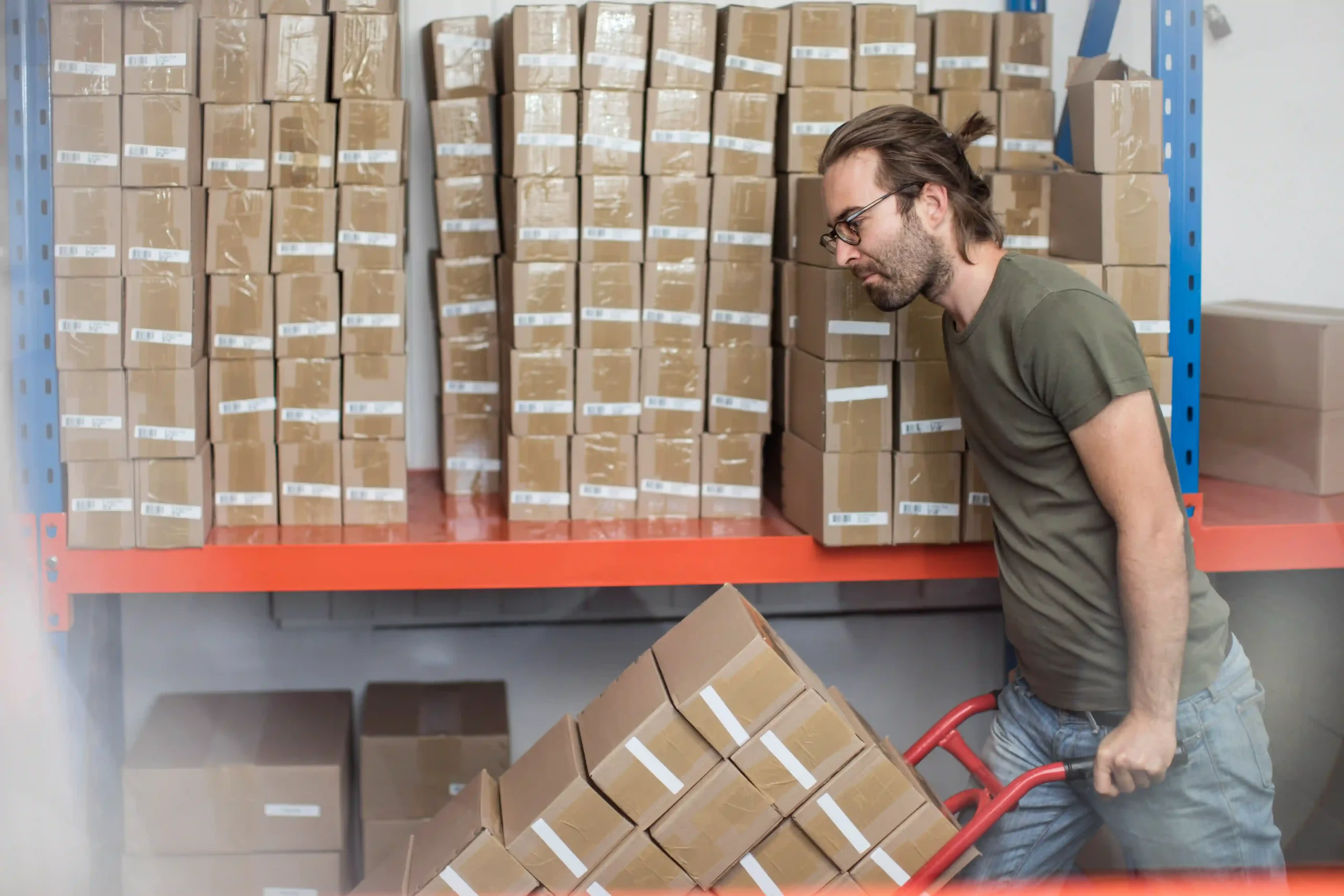Let’s start simple. In logistics, cross-docking and transloading are two methods we use to move freight from point A to point B more efficiently.
They both aim to reduce costs and improve delivery times, but they work in very different ways. Cross-docking is when goods arrive at a warehouse or terminal and quickly get moved from the inbound vehicle to the outbound one with little to no storage in between.
Think of it as a pit stop—fast and direct. On the other hand, transloading involves receiving goods, breaking them down, sometimes storing them temporarily, and then shipping them out again, often using a different mode of transportation.
These strategies might sound alike on the surface, but I’ve learned over decades that the success of your supply chain often depends on choosing the right one at the right time. Let’s break it down. Read more here.

I’ve been in this industry long enough to remember when cross-docking was considered “innovative.” Now, it’s a vital part of modern logistics.
In our operations at Tri-Link FTZ, we use cross-docking frequently for retail customers that need products distributed across regional hubs fast. It’s all about speed, accuracy, and keeping freight moving.
Cross-docking works best when you’re dealing with large volumes of pre-sorted, pre-packaged goods. You don’t need to unpack anything.
A truck arrives, we quickly sort the pallets by destination, and load them onto outbound trucks—often within hours. This process reduces storage costs, cuts down labor, and minimizes handling, which also reduces damage.
What makes cross-docking so effective is its ability to create shipping efficiency with fewer touchpoints. It helps retailers, distributors, and even food suppliers who want their goods delivered fresh and fast.
I’ve seen companies cut shipping time by 30% just by switching to this model. If your supply chain is moving fast and inventory turnover is high, cross-docking may be your best bet.
Now let’s talk about transloading. This strategy shines when things get more complicated—especially in international shipping or multi-modal logistics.
At Tri-Link FTZ, we often handle containers that arrive by ocean, are unloaded at our FTZ warehouse, and then prepped for domestic delivery by rail or truck. Transloading gives you more flexibility.
We can break down shipments, repackage them, or store them temporarily before they continue on their journey. This is perfect for businesses that import large quantities of product but don’t want it all sent out at once.
In my experience, transloading is especially useful for:
Let me tell you, nothing saves a client’s budget like being able to consolidate four overseas containers into two well-packed trailers for final delivery. It’s smart logistics at work—and the cost savings are real.
Although both methods help move goods efficiently, the operational flow is quite different. Here’s a simple comparison I often show clients:
Feature | Cross-Docking | Transloading |
Storage Time | Minimal (same-day turnover) | Short-term possible |
Freight Handling | Pallets stay intact | Freight is broken down and repalletized |
Transportation Modes | Typically single-mode (e.g., trucks) | Multi-modal (e.g., ship → truck → rail) |
Use Case | Fast delivery, high volume | International, multi-destination shipments |
Ideal For | Retail, perishables, high turnover | Imports, manufacturing, construction |
Each method has strengths depending on the complexity of the shipment, urgency, and required flexibility. I always advise clients to choose the one that aligns best with their goals, not just what seems “faster” on paper. Read more here.

This is one of the questions I get the most from our clients: “Should I go with cross-docking or transloading?”
The answer depends on your supply chain’s design and your business needs. If your products are already sorted, time-sensitive, or ready to be delivered without any changes, then cross-docking is your solution.
It speeds things up and keeps inventory lean. It’s especially effective for ecommerce, consumer goods, or perishables that need to be moved quickly from warehouse to customer.
On the other hand, transloading is best when you have incoming freight from different suppliers or international ports and need to sort, store, or repackage items before shipping out. We’ve helped manufacturers reduce their warehouse footprint by consolidating materials via transloading and shipping out only when needed.
At Tri-Link FTZ, we look at the whole picture: inbound origin, transport mode, destination, delivery schedule, and inventory constraints. Only then can we recommend the best-fit strategy—and more often than not, we find that many businesses need both at different stages of their supply chain.
Over the years at Tri-Link FTZ, I’ve seen how using the right method—cross-docking and transloading—can completely transform a business’s logistics game. When implemented correctly, both approaches can shorten shipping times, reduce the need for costly warehouse space, and simplify inventory management across the board.
With cross-docking, we’re able to bypass the long holding patterns of traditional warehousing. Goods move straight from receiving to outbound trucks. The benefit here is two-fold: you don’t have to tie up capital in stored inventory, and you lower your labor costs since fewer hands are involved.
That’s a win in any supply chain. Transloading brings its own advantages.
By allowing us to store goods temporarily closer to end destinations, it reduces last-mile costs and gives companies greater control over how and when products are shipped. It’s especially valuable for clients who are importing products from overseas and need to distribute them to multiple U.S. regions.
Instead of sending freight to a central hub and then distributing again, we transload directly into final-mile transport—faster, smarter, and cheaper. Both methods help create a leaner, more agile supply chain, which is essential in today’s just-in-time world.
Whether your priority is speed, storage, or flexibility, cross-docking and transloading both bring high-impact improvements when used in the right situations.
If you’re wondering whether these strategies are right for your business, let me break it down based on the industries we’ve worked with over the last 35 years. Retailers, especially those with fast-moving products or seasonal inventory, rely heavily on cross-docking to get products on shelves quickly.
We’ve worked with national chains that needed weekly replenishments to their stores—cross-docking made that possible without overloading their warehouse network. Manufacturers love transloading because it allows them to store raw materials near their production facilities and pull what they need when they need it.
One client in the automotive parts space cut lead times by half and eliminated an entire distribution center through smart transloading. Construction and industrial material suppliers also benefit.
We’ve supported projects where materials arrive in bulk containers from overseas, are broken down at our FTZ facility, and delivered in region-specific batches based on construction timelines. Food and beverage brands use cross-docking to maintain freshness.
Quick turnaround means perishable items reach the customer in top condition. We’ve built temperature-controlled cross-docking processes for several clients in this space.
The truth is, nearly every sector can benefit from either—or both—of these logistics strategies. The key is aligning the method with the supply chain’s demands.

One of the most common misconceptions I hear is that integrating cross-docking and transloading into your supply chain is too complicated or expensive. That couldn’t be further from the truth—especially if you have the right 3PL partner.
At Tri-Link FTZ, we always start with a logistics audit. We look at your current shipping routes, delivery timelines, warehouse costs, and freight volumes.
From there, we identify inefficiencies and recommend where cross-docking or transloading could help. We also focus heavily on training and process design.
For example, cross-docking requires tight scheduling and clear communication between carriers. We’ve built scheduling systems that ensure no truck waits longer than an hour on our docks, keeping things running like clockwork.
If you’re using transloading, we help build container breakdown protocols, inventory tracking, and real-time communication with your teams. You’ll know what’s in storage, what’s shipping, and when it will arrive.
Implementation is all about planning and transparency—and we’re experts at both. Whether you’re looking to pilot a new shipping model or scale your operations nationally, we’re equipped to help you make the transition smoothly.
Like anything in logistics, there are always risks. Over the years, I’ve seen what can go wrong—but more importantly, I’ve learned how to prevent it.
With cross-docking, timing is everything. If your inbound truck is delayed or your outbound truck isn’t ready, the whole system can stall.
To combat this, we use dynamic scheduling tools and real-time visibility platforms to make sure every handoff happens smoothly. Transloading comes with more touchpoints—meaning there’s more opportunity for damage or error.
That’s why we invest in both manual and automated quality checks, from the moment containers are opened to the final load-out. The biggest risk across both strategies is lack of communication.
That’s why we make communication a core part of our process, using integrated systems and live updates between our clients, carriers, and warehouse teams. We also make sure every client we work with understands the limitations of these strategies.
Not every shipment is right for cross-docking, and not every operation can support transloading. It’s our job to tell you what works—and what doesn’t—for your specific supply chain.
If you had asked me 20 years ago what separated a good logistics company from a great one, I would’ve said relationships. That’s still true.
But today, the real game-changer is technology. At Tri-Link FTZ, we use advanced Warehouse Management Systems (WMS) and Transportation Management Systems (TMS) to coordinate every move.
These tools let us manage complex schedules, track every pallet, and optimize routes for cost and speed. We also work with IoT devices and RFID tags to give our clients visibility into every stage of the process.
You can see when your container is unloaded, when it’s broken down, and when it’s on the truck to your final destination. Technology also plays a major role in compliance—especially in our Foreign Trade Zone.
We’re able to file entries, manage duties, and maintain full audit trails thanks to automation. That’s a huge relief for our import/export clients who want to stay on the right side of customs.
In short, tech doesn’t replace people—but it empowers them. And in logistics, that makes all the difference.
If you’re considering using cross-docking and transloading, I can’t stress enough how important it is to pick the right logistics partner. You want someone with deep experience—not just in freight handling, but in your industry.
With over 35 years in the business, we’ve seen nearly every challenge and solved it. You need a provider with strategic location advantages.
Our FTZ facility is centrally located near key U.S. ports, rail hubs, and highway corridors—ideal for both international and domestic distribution. Your partner should also offer transparent communication, fair pricing, and the technology to support everything we’ve talked about.
You deserve updates in real time and a team that acts like an extension of your own. At Tri-Link FTZ, we don’t just offer services—we offer solutions.
And if you’re looking to optimize your logistics with cross-docking and transloading, we’re ready to help.
Share this article
We have other resources available upon request as well as one-on-one support and personalized answers, just like our services.
Simply contact us anytime and we’ll get back to you to answer your questions and provide meaningful answers that show you how Tri-Link supports your logistics, reduces costs, and accelerates efficiency.
Tri-Link delivers exceptional FTZ and 3PL services tailored to your global trade needs.
Our solutions combine innovation, quality, and efficiency to exceed your expectations and meet your specific requirements.